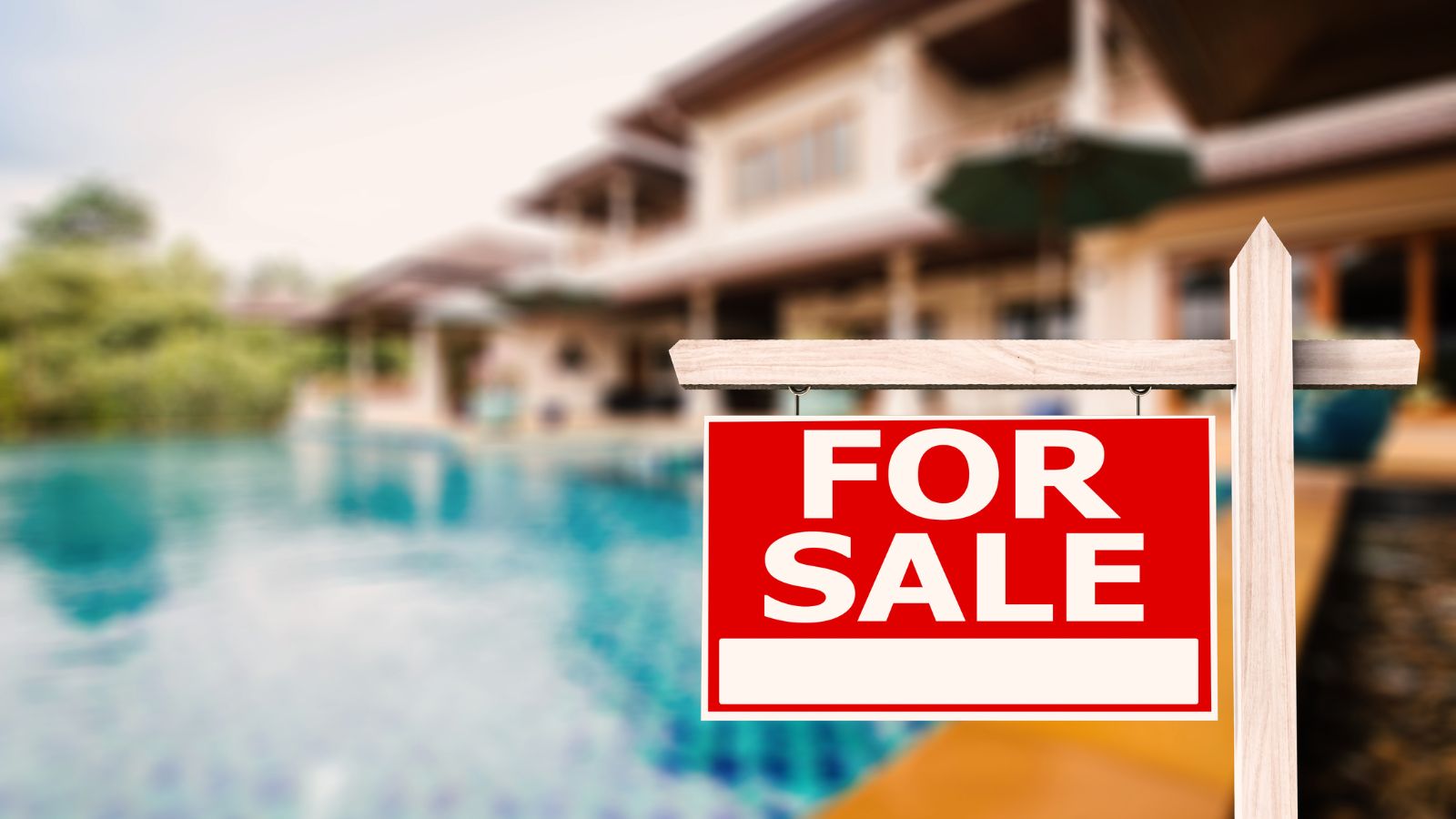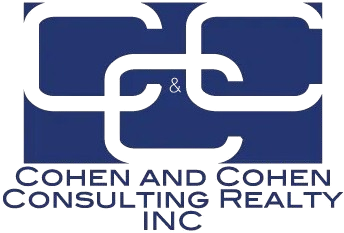Selling a home presents an opportunity to maximize your property’s value, but it takes planning and preparation to ensure every step runs smoothly. Whether this is your first time selling or you’re already familiar with the process, knowing what to expect at each stage helps eliminate stress and leads to more informed decision-making. From sprucing up your home’s presentation to reviewing offers, every phase matters. Proper preparation positions your property to stand out, ensuring you attract the right buyers and secure a favorable deal.

Preparing the Property for Market
Getting your home market-ready is essential to creating a lasting impression on buyers. Start with a deep clean throughout the house, focusing on often-overlooked spaces like baseboards, windows, and appliances. Decluttering is equally important—clear out personal items, excess furniture, and anything that may distract buyers from seeing the potential of the space. Depersonalizing by removing family photos or custom décor ensures buyers can easily visualize themselves living there.
Small improvements can go a long way. Consider a fresh coat of paint in neutral tones, which brightens the space and appeals to a broad audience. Simple repairs like tightening loose doorknobs, patching small holes, or addressing dripping faucets can improve the home’s perceived condition. Pay attention to curb appeal since the exterior offers the first impression. Landscaping, cleaning outdoor surfaces, and adding inviting touches like potted plants or a new welcome mat can enhance the property’s appeal.
A pre-listing inspection might be worth considering, as it identifies any hidden issues before buyers discover them during their inspections. Fixing problems in advance can prevent surprises that could derail negotiations later. Once the home is ready, professional photography becomes essential. Capturing high-quality images and offering virtual tours ensures your property makes a strong first impression online, where most buyers begin their search.
Setting the Right Listing Price
Pricing your home accurately is one of the most important decisions in the selling process. A well-chosen price helps generate buyer interest right away, leading to more showings and competitive offers. Start with a comparative market analysis (CMA) to determine the most appropriate range. This involves evaluating recent sales of similar homes in the neighborhood, along with their size, condition, and features. Pricing above comparable properties could reduce interest, causing the home to linger on the market, while pricing too low risks leaving potential profits unrealized.
The state of the real estate market also influences your pricing strategy. In a seller’s market, where inventory is limited, there may be more flexibility to price slightly above market value. On the other hand, in a buyer’s market with high inventory and less demand, pricing competitively from the outset is essential to attract offers. Timing plays a role, too—homes listed during peak seasons like spring tend to attract more buyers, potentially leading to better offers.
Your pricing strategy should also leave room for negotiation. While setting an appealing price can encourage multiple offers, it’s wise to remain open to adjustments based on buyer feedback or early market response. An initial pricing misstep can be corrected with a price reduction, but pricing strategically from the beginning ensures your property attracts the right buyers without delay.
Marketing the Property Effectively
Effective marketing ensures your property reaches as many qualified buyers as possible. The first step is creating an engaging online listing, complete with high-quality photos, a compelling property description, and a virtual tour. Buyers often begin their search online, so a strong digital presence is crucial. Listing your home on popular real estate websites ensures it appears in front of interested buyers.
Social media can further enhance your property’s visibility. Platforms like Facebook, Instagram, and Twitter provide excellent channels for sharing your listing with wider audiences, including both local and out-of-town buyers. Targeted ads on these platforms allow you to focus on specific demographics, increasing the likelihood of connecting with serious prospects. Email campaigns to potential buyers and agents can also spark interest.
Traditional marketing strategies still play a role. Open houses provide opportunities for buyers to experience the property in person, making it easier to imagine themselves living there. Additionally, direct mail campaigns using flyers or postcards allow you to engage with neighbors who may know someone looking to move into the area. Combining digital and traditional marketing methods creates a cohesive strategy that captures the attention of serious buyers.
Consistency is key when marketing your property. Regular updates to your listing, strategic promotions, and open communication with prospective buyers keep interest levels high. Coordinating efforts ensures the right people see your home, helping it stand out even in competitive markets.
Handling Showings and Offers
After the property hits the market, preparing for showings becomes a top priority. Flexibility in scheduling showings helps accommodate interested buyers, which increases your chances of receiving offers. To make your home as welcoming as possible, ensure it’s clean and free of clutter before each showing. Setting the right ambiance by opening curtains for natural light or adding soft background music can create a positive experience for visitors.
It’s a good idea to leave the house during showings, as buyers feel more comfortable exploring without the seller present. This allows them to spend time in the space and imagine how they would use it. Keep pets out of sight or arrange for them to be elsewhere during showings to avoid distractions.
Offers can start coming in quickly or take some time, depending on the market and initial pricing strategy. Once an offer arrives, carefully review the terms, including the offer price, contingencies, and closing timeline. It’s not just the highest price that matters—favorable terms like fewer contingencies or flexible closing dates can make a lower offer more appealing. If multiple offers come in, a bidding scenario can develop, potentially driving the price higher.
Negotiating with buyers is part of the process, and being responsive helps maintain momentum. Counteroffers allow you to adjust terms without losing interested buyers, giving both parties the chance to reach a mutually beneficial agreement. Once an offer is accepted, the property moves into the final stages of the transaction.
Managing the Closing Process
The closing process involves several steps that ensure both the buyer and seller fulfill their obligations before the property officially changes hands. After accepting an offer, the buyer typically schedules an inspection, which could reveal issues that require further negotiation. Addressing repair requests promptly helps keep the deal on track. If repairs aren’t feasible, offering a credit toward closing costs may satisfy the buyer.
Appraisal is another critical part of closing. Lenders require an appraisal to confirm the property’s value aligns with the loan amount. If the appraisal comes in below the agreed sale price, further negotiations may be necessary to adjust the price or explore other financing options. Title searches are also conducted to ensure no legal issues will affect the transfer of ownership.
Meanwhile, the buyer finalizes their financing, and both parties prepare for the closing day. This includes reviewing the closing disclosure, which outlines the financial details of the transaction. The closing meeting itself involves signing documents, transferring funds, and handing over the keys. Sellers should ensure all required paperwork is complete to avoid delays.
Once the paperwork is signed and the transaction is officially recorded, the sale is finalized. At this point, any outstanding mortgage balances are paid off, and the remaining proceeds from the sale are transferred to the seller. With careful planning and attention to detail, the closing process can run smoothly, ensuring both parties are satisfied with the outcome.
Ready to Sell? Let's Get Started
Selling your home involves multiple steps, but with the right approach, it can be a rewarding process. Each stage, from preparation to closing, plays a key role in maximizing the value of your property and ensuring a smooth transaction. When you’re ready to move forward, having an experienced professional by your side makes all the difference. Contact me today to discuss your goals, and let’s get your home sold quickly and efficiently.


